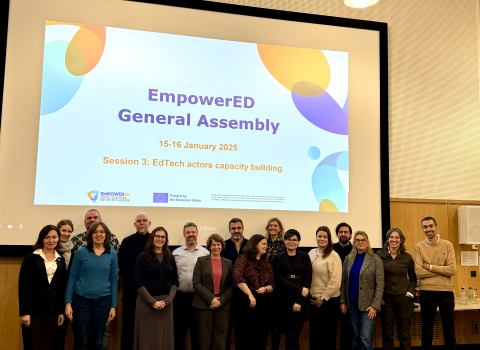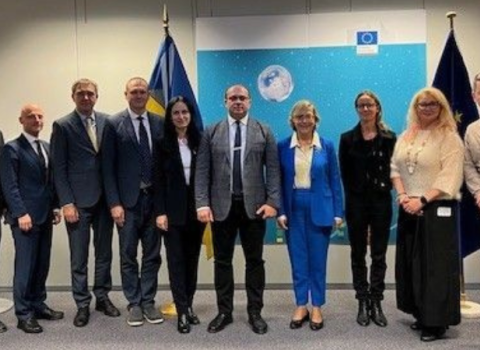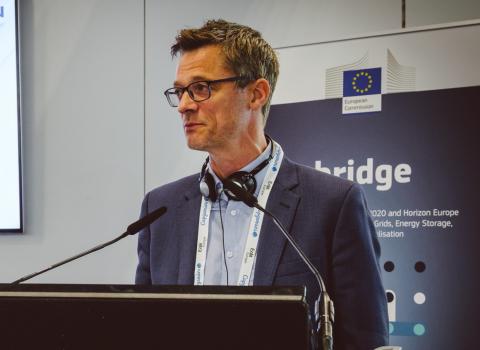The US National Science Foundation (NSF) announced backing for Science Across Virtual Institutes (SAVI) projects to address common challenges and serve as hubs for research and education activities across borders.
SAVIs will be built on relationships initiated by teams of NSF-supported researchers, research institutes and universities, leading to the creation of virtual institutes that network US researchers with international collaborators who have complementary strengths and common interests.
The projects will also support education partnerships, providing students, postdocs and junior faculty with opportunities to do research abroad.
Under SAVI, there will also be moves to strengthen connections between NSF and counterpart research funding organisations around the globe, to leverage each other's investments in fundamental research, research facilities, and human resource development.
"SAVI will serve as a catalyst for new, well-coordinated, and structured collaborations under one umbrella, said Subra Suresh, director of NSF. “It is my hope that SAVI will create new opportunities for NSF-funded scientists to collaborate across institutional, national, disciplinary, and cultural barriers."
Virtual institutes in all fields of science and engineering, including biological, geological, social, behavioural, physical, statistical, mathematical, and computational sciences and education, are currently under consideration. Expansion will require investments from partnering countries. Successes will be measured by the establishment of long-term professional relationships that will be sustained beyond the initial SAVI activities.
Representatives from three current SAVI projects took part in the launch last week. One, Alhussein Abouzeid from Rensselaer Polytechnic Institute described a pilot project that provides a platform for building long-term research and education collaboration with countries whose researchers lead the field of wireless networking. Wireless Institute, which works between between Finland and the US connects six active NSF awards at nine US institutions in the area of dynamic radio spectrum access with a Finnish counterpart team.
"Wireless mobile broadband is the next transformation in information technology that has the potential to significantly enhance many essential aspects of our daily lives including health, productivity and safety," said Abouzeid. Teams will draw on complementary and multidisciplinary expertise to tackle the fundamental science, engineering and economic challenges in building reliable accessible high-speed wireless networks, "[This will include] innovations for unlocking the value of the under-utilised wireless spectrum," Abouzeid explained.
Herbert Levine of the University of California, San Diego, described another SAVI, the Physics of Living Systems Student Research Network (PoLS SRN). Network participants come from eleven US institutions and institutions from Brazil, France, Germany, Israel, Singapore and the UK. "We plan to establish a supportive framework for the inherently interdisciplinary field of the physics of living systems," said Levine. "Ultimately, this will enable the harnessing of worldwide 'collective intelligence' to solve some of the most challenging intellectual problems of our age."
"SAVI gives us a way of increasing the momentum of discovery in ways that are smarter and more efficient," said Suresh.
SAVI Website: http://www.nsf.gov/savi/




 A unique international forum for public research organisations and companies to connect their external engagement with strategic interests around their R&D system.
A unique international forum for public research organisations and companies to connect their external engagement with strategic interests around their R&D system.